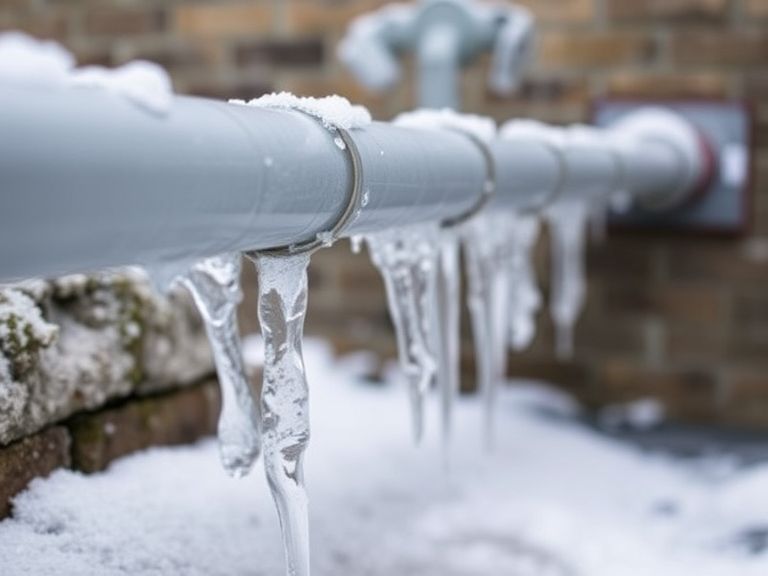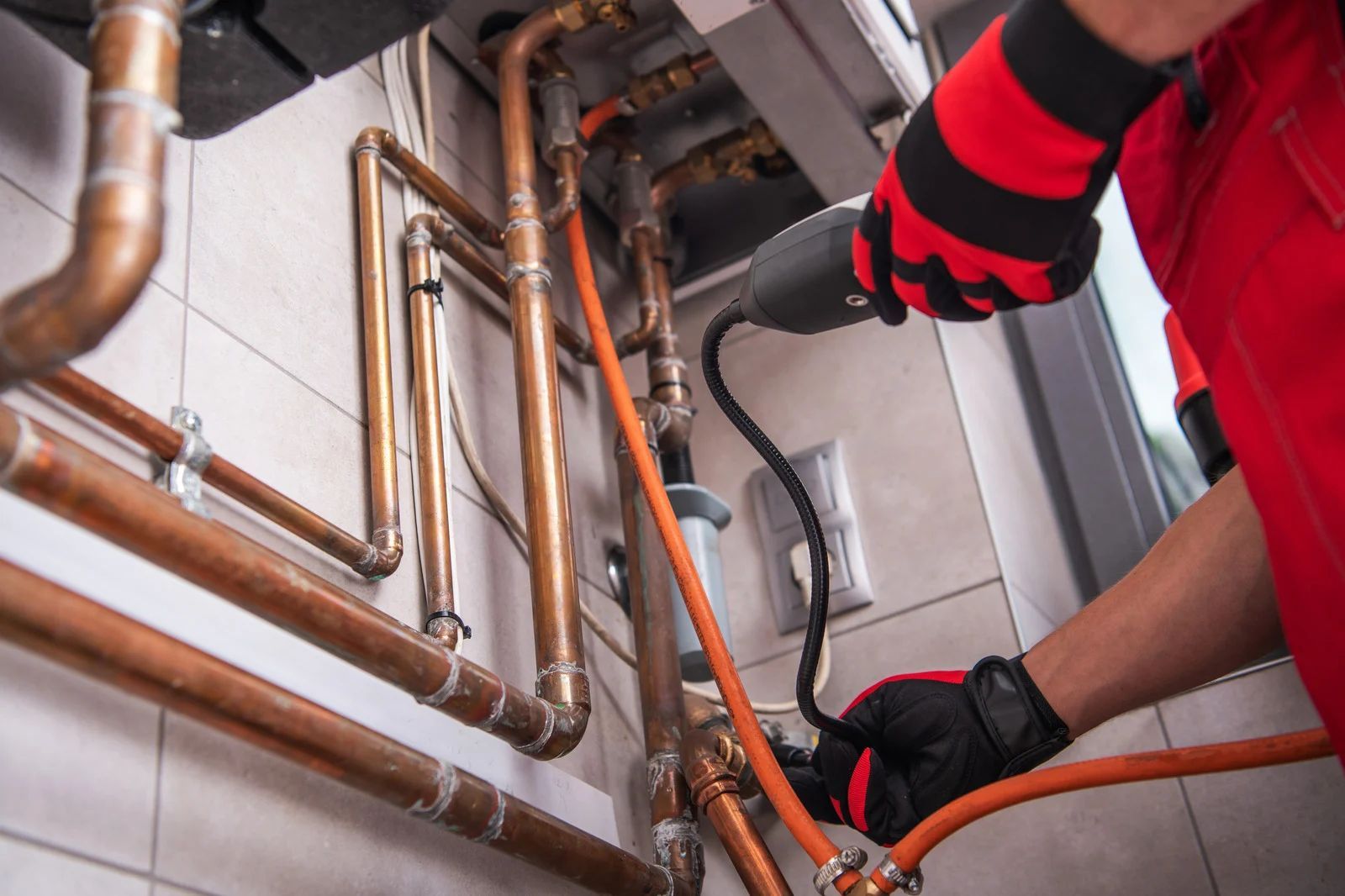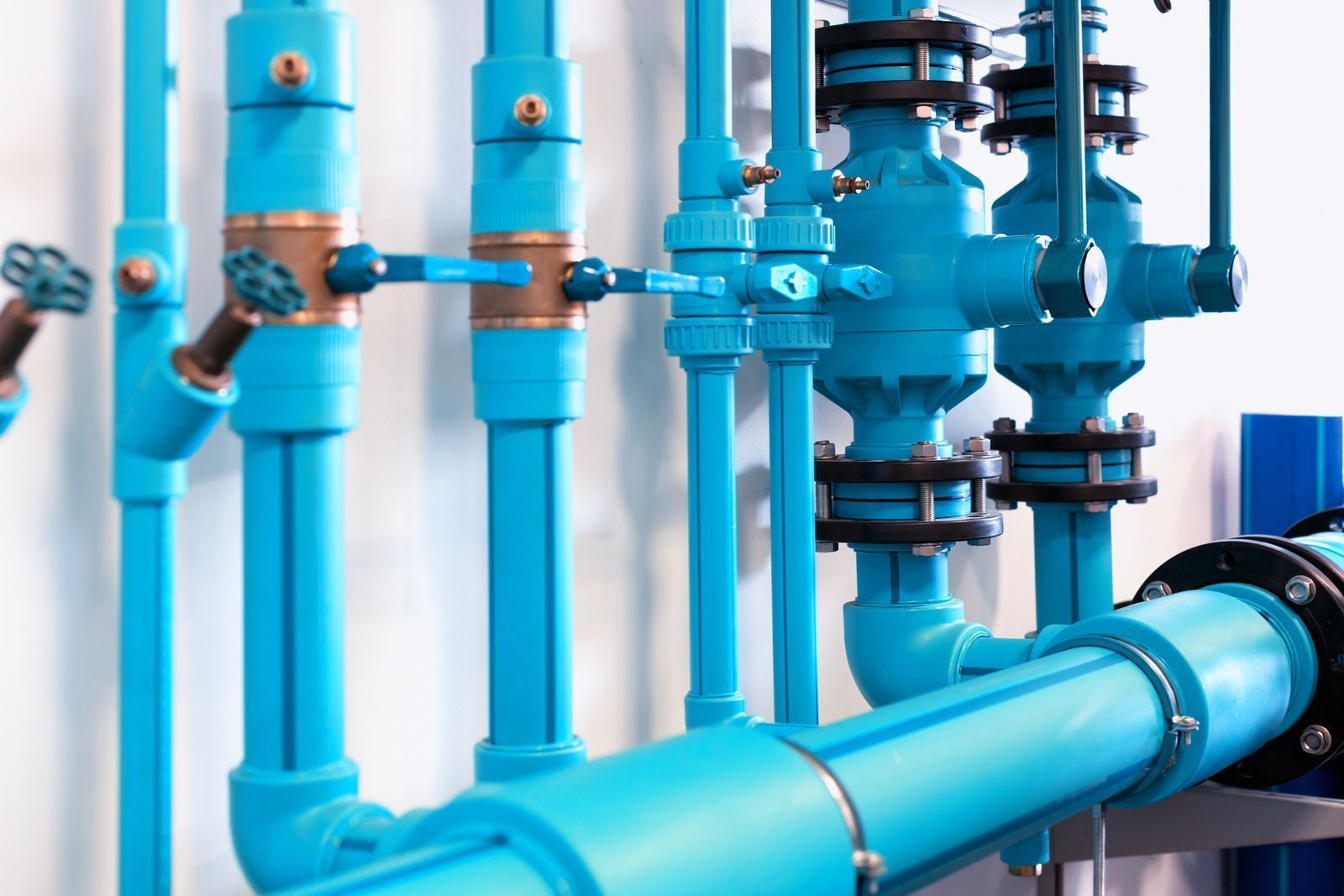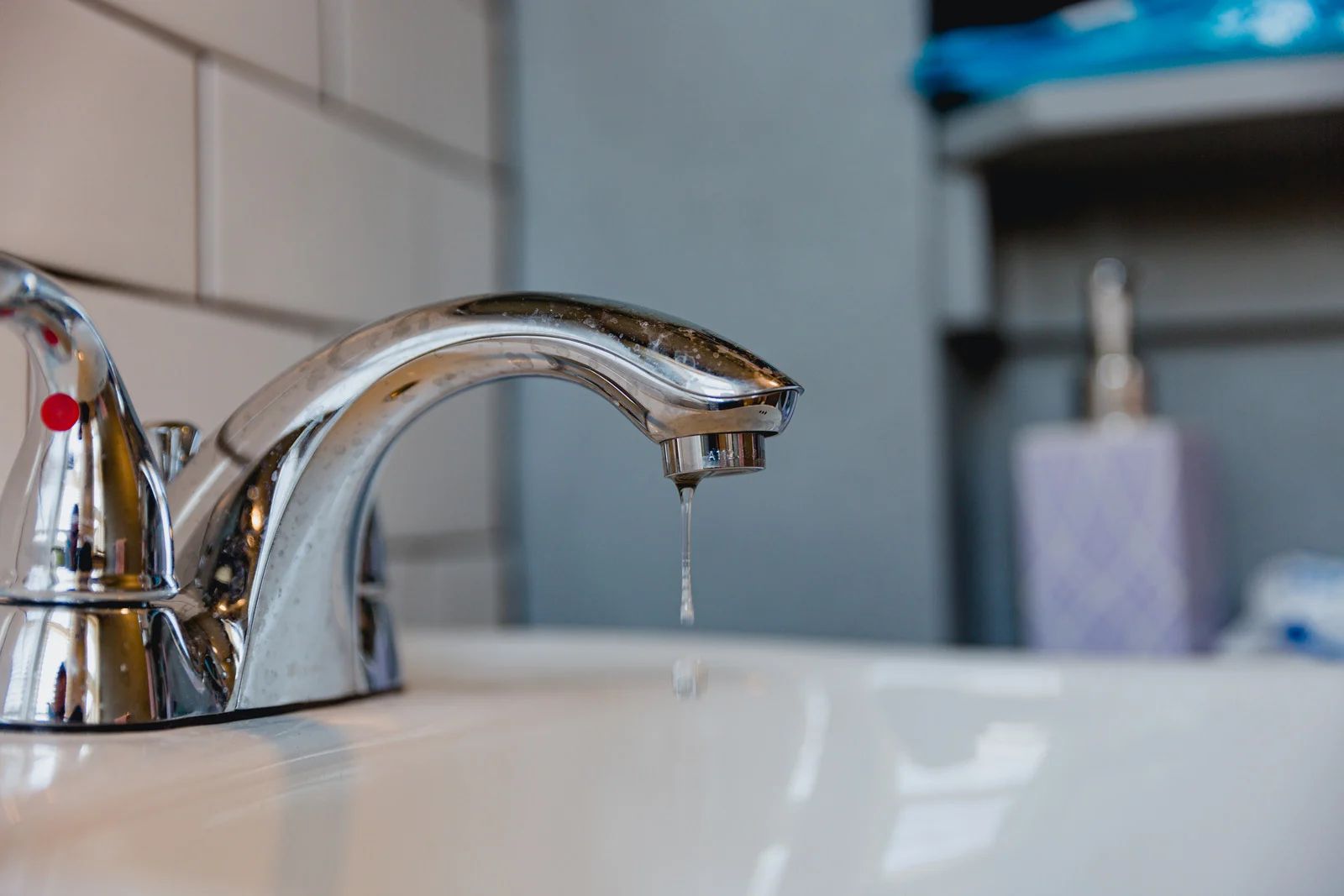How to Detect & Prevent Frozen Pipes in the Winter
October 2, 2025

As winter sets in, freezing temperatures can pose a serious risk to your plumbing system. Frozen pipes can lead to bursts, water damage, and costly repairs. Understanding how to detect and prevent frozen pipes can help protect your home or business from unexpected plumbing emergencies.
Signs of Frozen Pipes
If you suspect your pipes might be freezing, look for these warning signs:
- No or Reduced Water Flow: If you turn on a faucet and only a trickle comes out, the pipe could be frozen.
- Frost on Pipes: Visible frost on exposed pipes is a clear indication of freezing.
- Strange Odors: If you notice odd smells coming from your drains, it could be due to a blockage caused by ice.
- Bulging Pipes: Ice expansion inside the pipe may cause it to bulge, which could eventually lead to bursting.
- Unusual Sounds: Gurgling or banging noises when turning on a faucet could signal ice formation inside the pipes.
How to Prevent Frozen Pipes
Prevention is key when it comes to avoiding costly damage from frozen pipes. Here are some practical steps to keep your pipes from freezing:
1. Insulate Exposed Pipes
Wrap insulation around pipes in unheated areas such as basements, garages, and crawl spaces. Use foam pipe insulation, heat tape, or heat cables for extra protection.
2. Let Faucets Drip
Allowing a small, steady drip from faucets during extreme cold helps keep water moving, reducing the risk of freezing.
3. Keep Cabinets Open
For kitchen and bathroom sinks, open cabinet doors to allow warm air to circulate around the pipes.
4. Maintain a Consistent Temperature
Set your thermostat to a steady temperature day and night. Avoid letting indoor temperatures drop below 55°F.
5. Seal Air Leaks
Use caulking or insulation to seal cracks and gaps around pipes, windows, and doors to keep cold air out.
6. Disconnect Outdoor Hoses
Drain and store outdoor hoses before winter, and shut off exterior water supply lines to prevent freezing.
7. Use a Space Heater in Vulnerable Areas
If certain areas of your home are prone to freezing, use a space heater to provide extra warmth.
How to Safely Thaw Frozen Pipes
If you suspect a pipe is frozen, take these steps to safely thaw it and prevent further damage:
1. Turn On the Faucet
Keep the faucet open to relieve pressure and allow melted water to flow out.
2. Apply Heat
Use a hairdryer, heating pad, or warm towels to slowly thaw the frozen section of the pipe. Never use an open flame.
3. Increase Room Temperature
Turn up the thermostat or use a space heater to warm the area around the frozen pipe.
4. Check for Leaks
After thawing, inspect the pipe for any cracks or leaks. If you find damage, turn off the water supply and call a plumber immediately.
If your pipes remain frozen despite your efforts or if you notice a burst pipe, contact Patrick David Plumbing right away. Our expert team in Pittsburgh, PA, backed by 12 years of experience, is available to handle frozen pipe emergencies and provide long-term solutions to protect your plumbing system.
Preventing
frozen pipes is much easier and less costly than dealing with water damage from a burst pipe. By following these proactive steps, you can safeguard your home and avoid winter plumbing disasters. If you need professional assistance, don’t hesitate to call us today!





